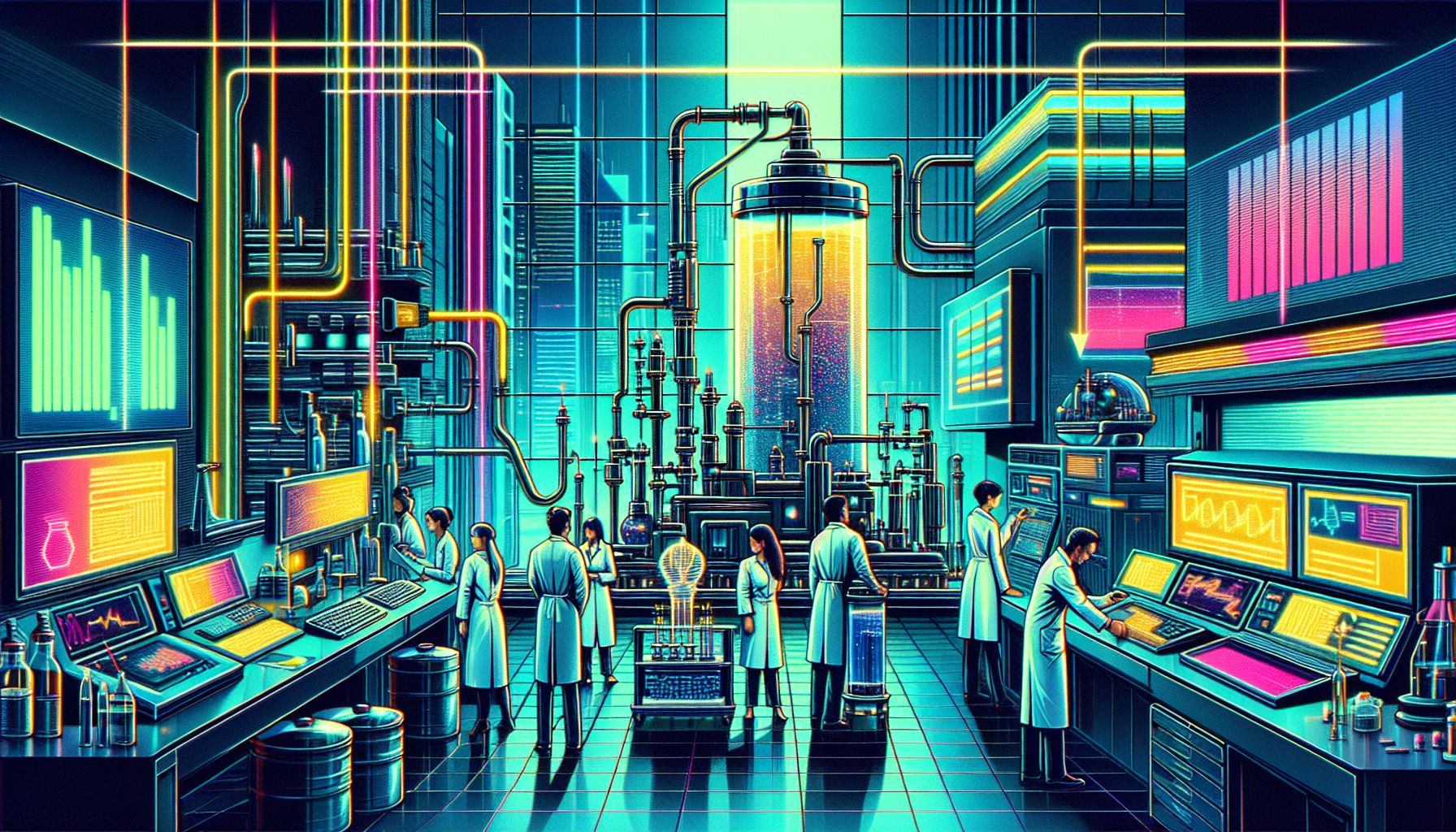South Korean Researchers Triple Hydrogen Production Efficiency with New Catalyst

South Korea, Wednesday, 9 July 2025.
A team in South Korea has developed a catalyst that triples the efficiency of ammonia decomposition, paving the way for cheaper and cleaner hydrogen production. This innovation could powerfully impact efforts to reduce fossil fuel dependence worldwide.
A Breakthrough Catalyst for Hydrogen
Hello there! It’s always exciting to hear about advancements that could shake up an entire industry, isn’t it? The research team at the Korea Institute of Energy Research, led by Dr. Kee Young Koo, has done just that. They’ve cooked up a shiny, new catalyst that triples the efficiency of hydrogen production from ammonia compared to the regular methods. Imagine a world where our buses and cars zip around using hydrogen instead of fossil fuels, and thanks to this ingenious Korean team, that future feels a lot closer today [1].
How They Did It
Now, I bet you’re wondering just how they managed this little miracle. Well, it involves ruthenium, which sounds a bit like wizardry. Ruthenium is a precious metal used here to zap ammonia into hydrogen at much lower temperatures than other methods demand. It’s all about the polyol process – no capping agents, just good old butylene glycol lending its hand to craft these tiny nanoparticles [1]. It’s like building a tiny army that gets the job done faster and cheaper [1].
Why It Matters
So, what’s the big deal? We’re talking about a potential game-changer across industries. Hydrogen has this neat trick: it can store a ton of energy without belching out carbon dioxide. With lower costs and higher efficiency, we might actually see hydrogen wave goodbye to fossil fuels sooner than expected [1][GPT]. It’s like discovering a treasure map in the backyard and realising it’s just leading you to gold all along!
Real-World Impact
Could this development be the nudge needed to tip the scales in favour of hydrogen? It sure seems like it. By improving the catalyst’s design, mass production becomes more feasible, and that means everything from our electric cars to industrial giants could see a hydrogen makeover [1]. It’s a step towards localising and commercialising a technology that’s been lurking in the background, waiting for its chance to shine.
Future Steps and Global Context
Of course, in science, one groundbreaking breakthrough calls for another round of testing! Dr. Koo’s team is now looking to verify their catalyst in various cracking systems and push it to mass production. This isn’t just tinkering in a lab; it’s setting the stage for a greener tomorrow [1]. With similar efforts globally, like BAM’s hydrogen research filling station in Germany, the world seems to be tuning into the same frequency—creating a strong, vibrant hydrogen infrastructure everywhere [2].